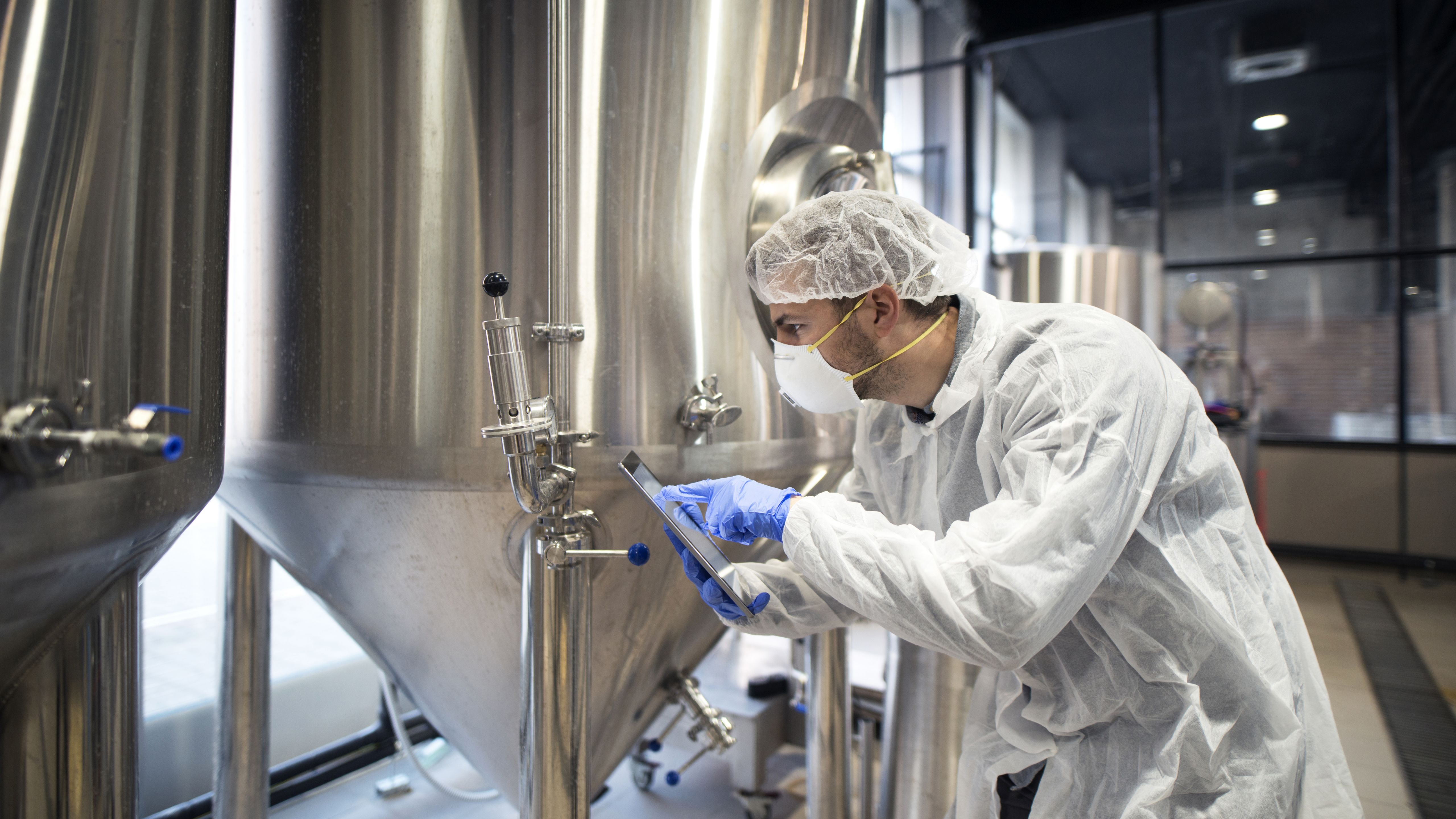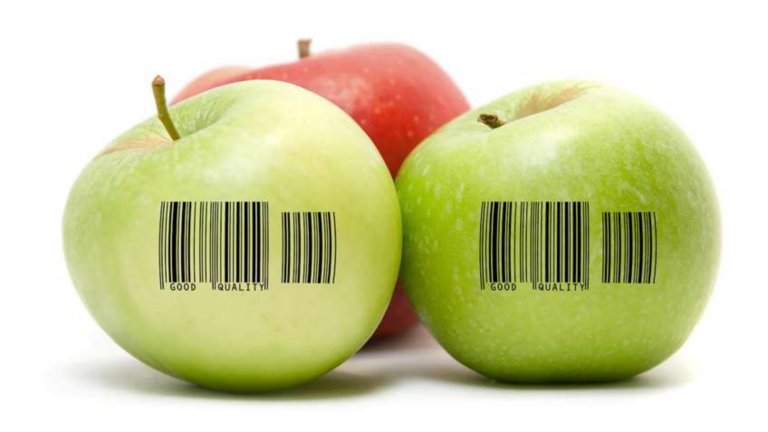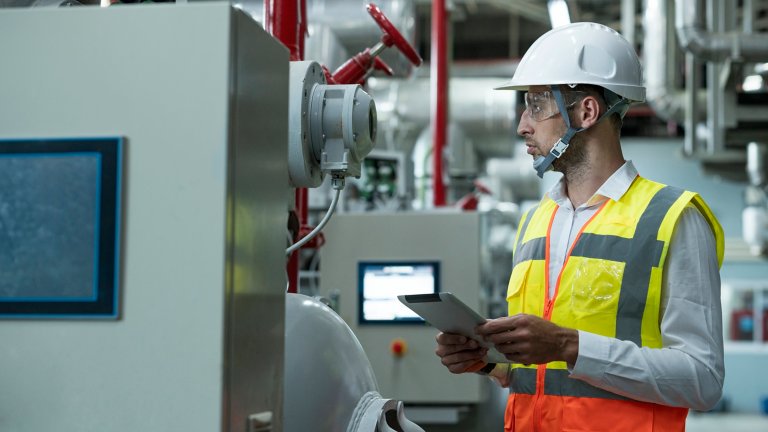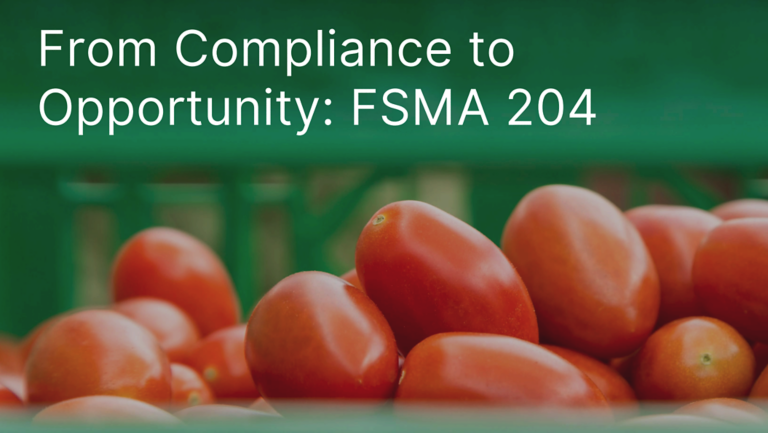Driven by more diverse consumer demands and greater competition, you are producing more SKUs than ever. As a result, you are introducing greater complexity into your production and supply chains. This complexity requires you to manage food safety and quality across a broader product spectrum. A comprehensive approach to help protect product safety and quality can strengthen your reputation.
Keep Your Products Safe and Maintain Brand Quality
Discover How Food Safety and Quality Management Can Maximize Productivity
Diverse consumer demands and greater competition have increased complexity in your food and beverage production processes and supply chains, requiring you to manage food safety and quality across a broader product spectrum, while global food safety regulations continue to evolve and become more stringent.
Food and beverage producers must be more proactive to identify and resolve issues that lead to product recalls, which are costly in the short-term and have detrimental long-term impact on brand loyalty, insurance premiums, employee retention and more.
Embracing information-enabled technologies and automation helps you address food safety across your operations while increasing productivity, preserving quality and helping to protect your brand's reputation.
Food and Beverage Safety and Quality
Food Safety Modernization Act (FSMA) Compliance
Since the United States FDA finalized the FSMA Rule 204 for food traceability on November 15, 2022, certain companies now are required to maintain records containing key data elements for critical tracking events along the lifecycle of a food product within 24 hours after an FDA request. The FDA has announced intentions to extend the compliance deadline to July 2028 for complete coordination across the supply chain since traceability is multi-faceted and complex. Now is the time to establish your strategic approach to compliance and help:
- Monitor critical control points in real time and automate collection and visualization of data trends
- Protect products against counterfeits and supply chain changes
- Reduce cyberattack risks through a connected and multilayered security approach
- Improve operational efficiency such as product quality, asset utilization, yield and energy usage
More Resources:
Improve Visibility to Enhance Compliance with a Food Industry Quality Control System
You can improve quality, safety, compliance, and speed to market when you move from a paper-based system to a management execution system (MES). As you move from islands of automation to a unified automation infrastructure, an MES will collect, aggregate, and feed data across your organization.
Increase End-to-End Traceability
Capturing Key Data Through Serialization
Incorporating end-to-end traceability to operations can allow an item to be identified and traced across the supply chain. Whether it is from a farm to a shipping warehouse or various ingredients into products, Rockwell Automation and its Digital Partner Kezzler can help collect Key Data Elements (KDE) information at each Critical Tracking Event (CTE). Since traceability is multi-purpose, it can also help with the following goals:
- Anti-counterfeit
- Environmental Sustainability Goals (ESG)
- Compliance
- Consumer Engagement
- More Resources
Solutions Supporting Food Safety, Quality, and Compliance Management
Improve Production Control, Accountability, Quality, and Safety
The right technology can help with your food safety program. Our integrated control and information solutions support your food safety and quality programs. Our FactoryTalk® VantagePoint® and Historian software for food quality control gathers, stores, aggregates, correlates, and presents production information. The Integrated Architecture® system provides a scalable, seamless, real-time communications structure.
What are Automated Food Industry Quality Control Systems?
Automated food safety and quality control systems are advanced, technology-driven solutions that monitor and manage food production processes to ensure products are safe, consistent, and meet regulatory and quality standards. These systems use sensors, cameras, software, and AI to detect contaminants, measure temperature, monitor hygiene practices, and verify product specifications in real time.
What are the benefits of automated food safety compliance systems?
Automation reduces the risk of human error, speeds up inspections, and enables continuous monitoring rather than spot checks. Integrated with data analytics and reporting tools, these systems help identify trends, flag deviations instantly, and support faster decision-making to maintain compliance and protect consumer health.
Key Components of Automated Food Quality Control Systems
These systems include a wide range of technologies that ensure compliance, consistency, and product safety throughout food production. Some examples include:
- Vision inspection systems
- Temperature and humidity monitoring
- Automated cleaning and sanitation systems (CIP/SIP)
- Digital traceability and quality management software
These systems help food manufacturers ensure high standards of safety and quality while improving efficiency and reducing reliance on manual inspections.
Others also viewed
Based on your activity




